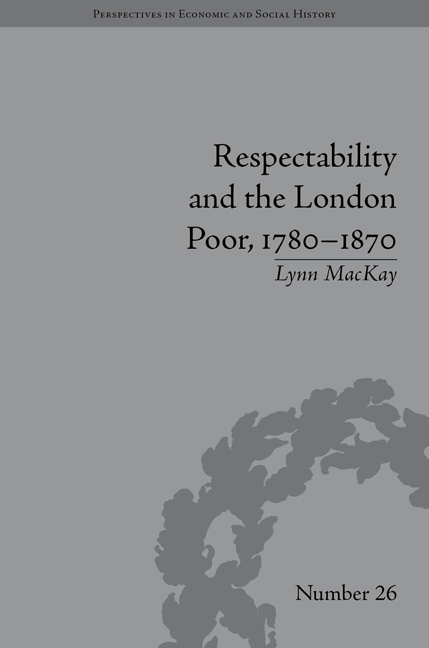4 - Using Charity and Poor Relief
Summary
In the absence of an adequate welfare safety net, customary cultural practices centring on mutual reliance remained necessary and widespread. These practices continued to be relevant, moreover, because the social assistance that did exist at this time – chiefly poor relief and philanthropy – was becoming progressively more difficult to accommodate within the precarious configuration of makeshift resources through which the poor maintained subsistence.
A third kind of formal assistance was provided by friendly societies, organizations meant to provide security against problems brought on by accident, illness and age, and often to provide for funeral expenses. In St Martin's in 1803 there were forty-two such societies, according to parliamentary returns, with a total membership of 3,259 people. Friendly societies became particularly important in the second half of the nineteenth century, and by 1914 there were slightly fewer than 29,000 in the country, with a membership of 7.6 million. If most of these people had families, then it is obvious that by the late century a sizable percentage of the labouring classes was able to benefit from this kind of assistance. For London as a whole in the early nineteenth century, Martin Gorsky has estimated, 8 per cent of the population and 34 per cent of families belonged to such societies, although he cautions that problems with the sources likely means that the true figures were lower.
- Type
- Chapter
- Information
- Respectability and the London Poor, 1780–1870The Value of Virtue, pp. 105 - 134Publisher: Pickering & ChattoFirst published in: 2014



